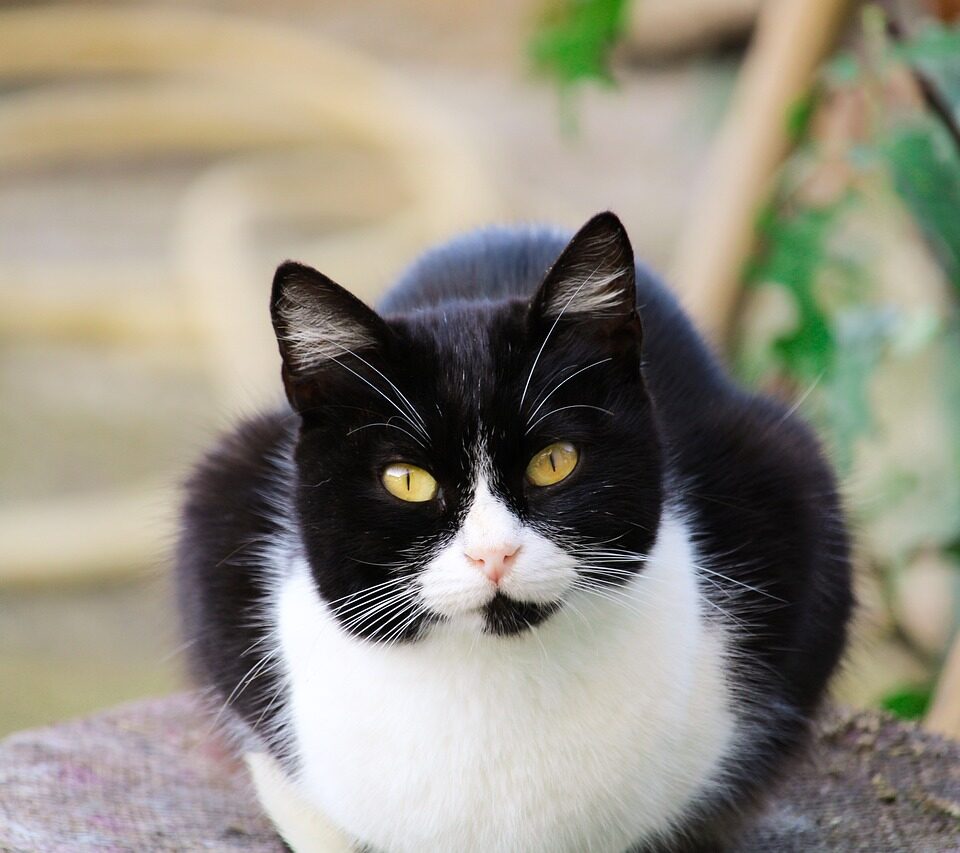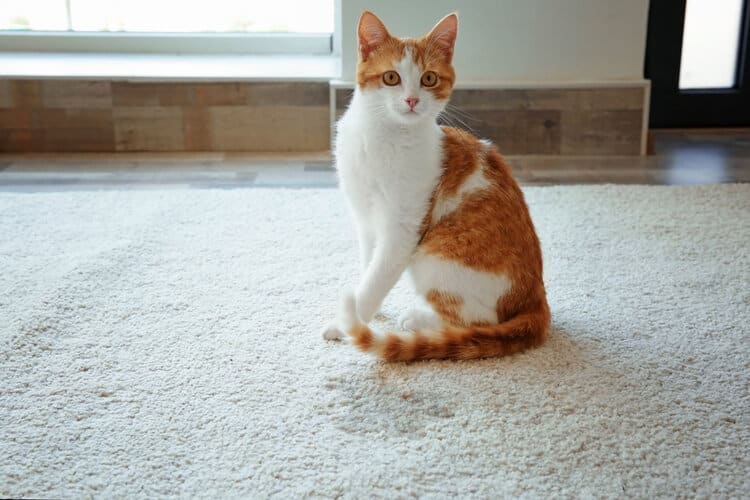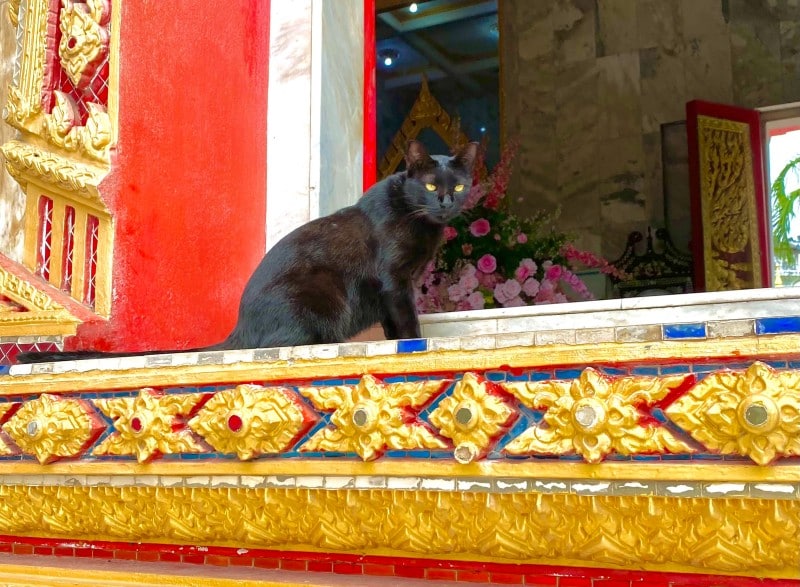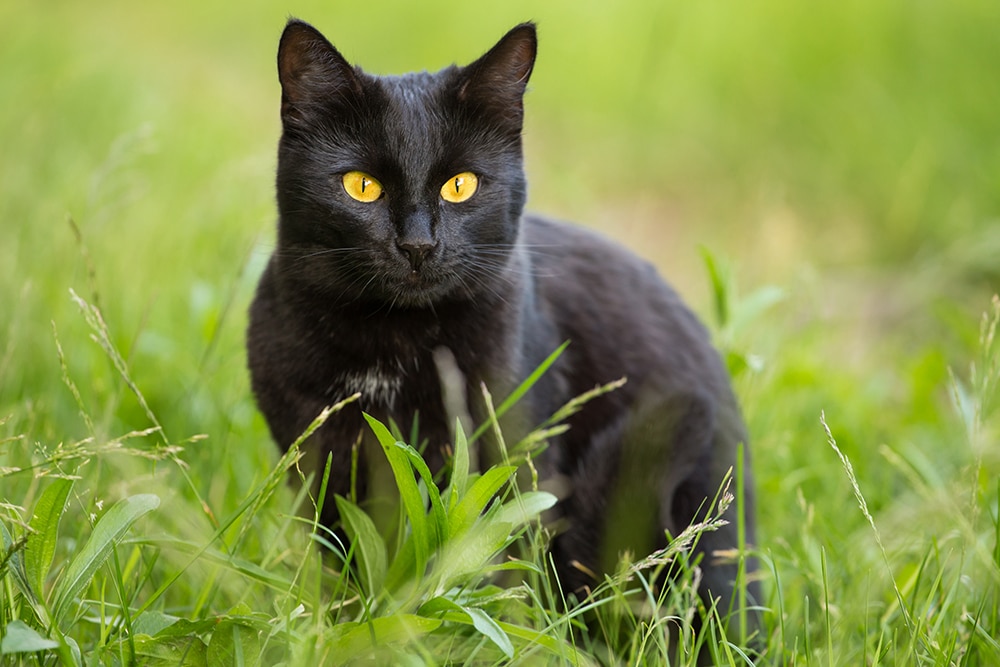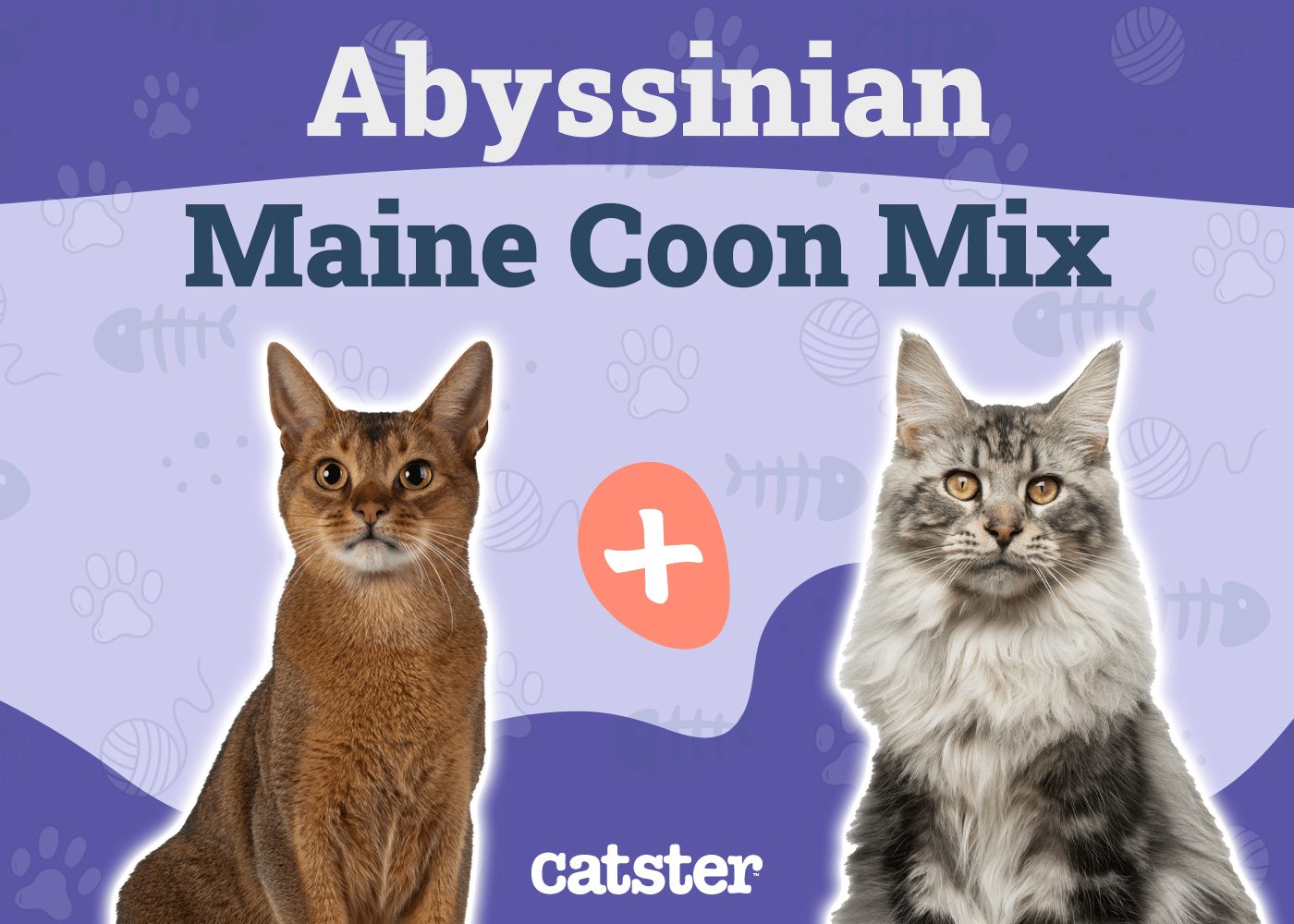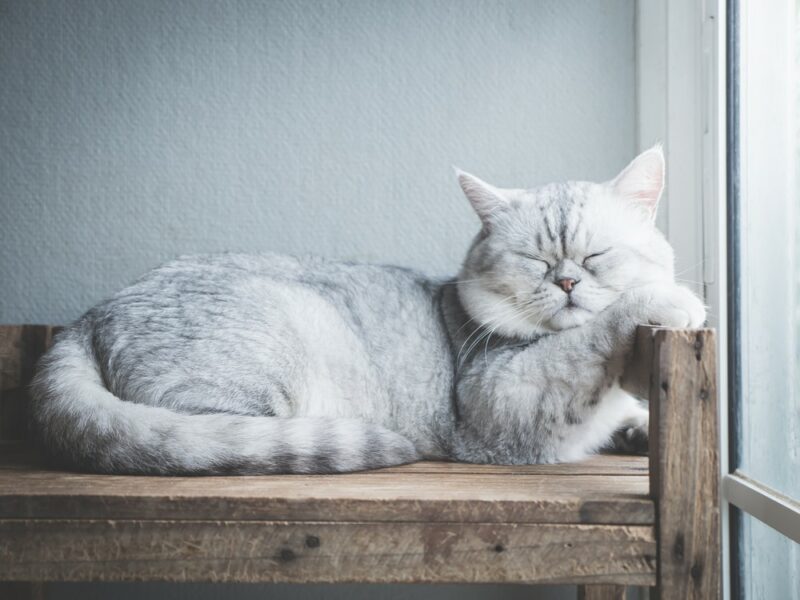Tuxedo cats, those charming felines with formalwear coats, typically enjoy quite a lengthy lifespan.
- On average, these dapper cats live around 15 years, although some can reach their 20s with the right care and health attention.
- Factors affecting their longevity include diet, environment, weight, neuter status, and genetics.
- Lifestyle choices, such as keeping them indoors and ensuring regular vet check-ups, greatly influence their lifespan.
- Understanding the different life stages of a Tuxedo cat can help ensure they live a long and happy life.
First off, our tuxedo friends aren’t a specific breed but rather a stylish coat pattern seen across many cat breeds. This classy appearance doesn’t affect their lifespan, which is comparable to most crossbred cats—typically around 15 years. However, with love, nutrition, and a bit of luck, some can strut into their 20s.
Longevity in Tuxedo cats hinges on several factors, starting with diet. A nutrient-rich, well-balanced diet tailored to their life stage is essential. Be sure the food’s not only fine dining for their taste buds but also packs all the nutrients they need. Chatting with a vet can offer guidance if you’re unsure about their dietary needs.
Home is where the heart—and the safety—is. Indoor Tuxedo cats often enjoy longer lives than those who roam outside, thanks to fewer dangers like traffic or animal encounters. A cozy indoor life with lots of love and stimulation can mimic a cat’s social needs without the perils of the outdoors.
Keeping an eye on your cat’s weight is crucial since obesity in cats, just like in humans, can lead to a slew of health issues. Regular play, a balanced diet, and vet-advised weight checks can keep them in tip-top shape. Just remember, kitty diets shouldn’t include fasting—it’s a big no-no!
Neutering can also add years to a cat’s life. Studies show fixed cats tend to live longer than those that aren’t. While the term might sound male-specific, it applies to both genders, including spaying for females and castration for males.
Don’t forget the genetic lottery. Crossbred cats often have a bit of an advantage here, enjoying longer lives than their purebred pals because of greater genetic diversity, which offers some health benefits.
Regular vet visits aren’t just about shots and check-ups. They’re essential for catching potential issues early, offering preventative care, and keeping your tuxedo kitty purring for years to come.
Understanding where your tuxedo cat is in its life cycle can make a world of difference in care. From playful kittens (0-3 months) learning their way in the world to geriatric buddies (15+ years) needing extra TLC, each stage requires a different kind of attention.
A tuxedo cat’s charming facade hides a complex, delightful personality deserving of care that matches its long life potential.
